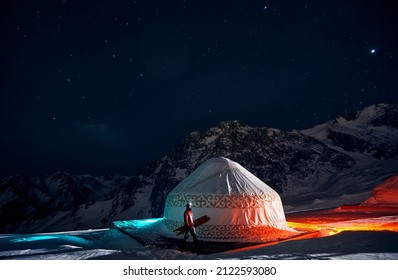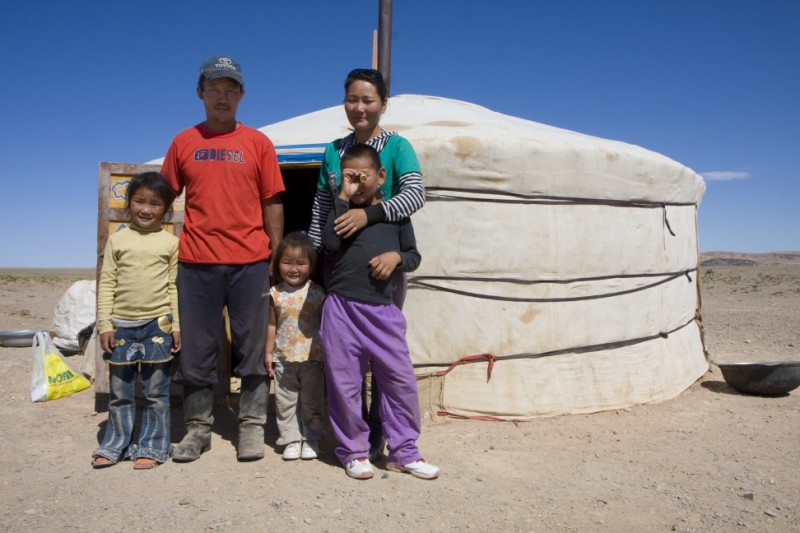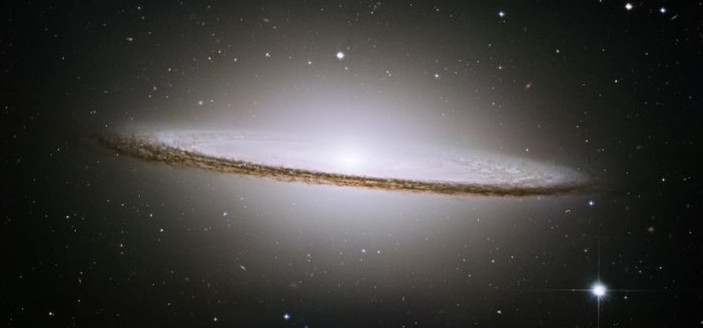Stargazing and Solitude: A Yurt Stay in the Heart of the Gobi

After three intense years wrestling with exoplanet atmospheres, I needed a reset. Trading spectra and simulations for starlight and silence, I embarked on a solo journey to the Gobi Desert in Mongolia. My destination: a traditional Mongolian yurt, or ger, far removed from city lights and modern distractions. My mission: to reconnect with the cosmos in its purest form and find a moment of quiet contemplation. What I found was so much more than I anticipated – a profound cultural immersion and a humbling experience under the most magnificent sky I have ever witnessed.
I booked my stay through Airbnb: Experience Nomadic Culture in Authentic Mongolian Yurt, a seemingly simple listing that promised an “authentic Mongolian experience.” It delivered, and then some.
The Gobi: A Land of Extremes
The landscape of the Gobi Desert is one of stark contrasts and breathtaking beauty. During the day, the sun blazes mercilessly, baking the vast, undulating sand dunes. The temperature soared to 40 degrees Celsius, and the sky was an almost painfully bright, cloudless blue. The scale of the desert is immense; distances are deceptive, and the horizon stretches endlessly in all directions.
But the real magic happens at night. As darkness descends, the temperature plummets, and the Gobi transforms into an astronomer's paradise. Located 50km from Dalanzadgad, the nearest town, the ger camp enjoyed near-total darkness. The silence was profound, broken only by the whisper of the wind across the dunes. And then there was the sky.
The Milky Way arched overhead like a river of light, its billions of stars blazing with an intensity I had never seen before. The lack of light pollution was astonishing; every constellation was sharply defined, and faint nebulae that are barely visible from even the darkest sites in the Northern Hemisphere popped into view.
Astrophotography Challenges and Triumphs
Armed with my Celestron NexStar 8SE telescope and Sony α7S III camera, I was eager to capture the Gobi's celestial wonders. But astrophotography in the desert presented its own unique set of challenges. The dry, dusty air made focusing a constant battle. Minute particles clung to the lens, requiring frequent cleaning. Polar alignment, usually a straightforward process using familiar landmarks, proved difficult in the featureless landscape.

Long exposure times were essential to capture faint nebulae, but this also amplified sensor noise. Despite these technical hurdles, the results were awe-inspiring. Through my telescope, I could see the Lagoon Nebula (M8) and the Trifid Nebula (M20) with incredible clarity. The images I captured, though imperfect, were a testament to the Gobi's exceptional dark sky. Every click, every adjustment, was a labor of love, fueled by the profound beauty surrounding me.
Cultural Exchange with the Batsukh Family
My hosts, the Batsukh family, were incredibly welcoming, despite the language barrier. Father, mother, and their two young children shared their home and their culture with open hearts. Their ger was simple but comfortable, furnished with two single beds, a wood-burning stove, and traditional Mongolian rugs.
Meals were a communal affair. I shared khuushuur (deep-fried meat pastries) and suutei tsai (salty milk tea) with the family, attempting to acquire a taste for the latter (it’s… acquired). I practiced basic Mongolian phrases, like “Sain baina uu?” (Hello), much to the amusement of the children. They, in turn, were fascinated by the photos of Earth from space that I showed them on my laptop.
The Batsukhs wore traditional deel, the distinctive Mongolian robe, and lived a nomadic lifestyle, herding goats and sheep. Their lives were simple, yet rich in tradition and connection to the land. I was offered airag (fermented mare’s milk), a traditional drink. It's an experience!
The Yurt Experience
The ger itself was a sanctuary. During the day, it offered respite from the intense heat. At night, illuminated by a single solar-powered lamp, it became a haven of quiet contemplation. The lamp cast long shadows on the felt walls, creating a sense of intimacy and peace. The air was filled with the dry, earthy scent of the desert soil and the smoky smell of the wood-burning stove.

I spent hours reviewing my astrophotography results on my laptop, the cool blue light of the screen a stark contrast to the warm tones of the yurt. It was a moment of connection between the ancient and the modern, the earthly and the cosmic.
A Call to the Cosmos (and to Yourself)
My journey to the Gobi Desert was more than just a vacation; it was a pilgrimage. It was a chance to escape the noise and distractions of modern life and reconnect with something larger than myself. Immersing myself in a different culture and pushing myself with astrophotography challenges made me appreciate the simple, yet profound, beauty of the natural world and the resilience of the human spirit.
If you are seeking a transformative travel experience, I urge you to consider off-the-grid travel. A Mongolia Yurt Stay under the vast expanse of the cosmos offers a unique perspective on our place in the universe. It’s an opportunity for self-reflection, cultural immersion, and a profound connection with nature. You might just discover something extraordinary about yourself and the universe in the process. Consider a Gobi Desert Airbnb for your next adventure. Explore Mongolia Astrophotography Tour options for a specialized trip. Experience a Traditional Mongolian Ger Experience and embrace the nomadic culture. Don't just travel, connect.